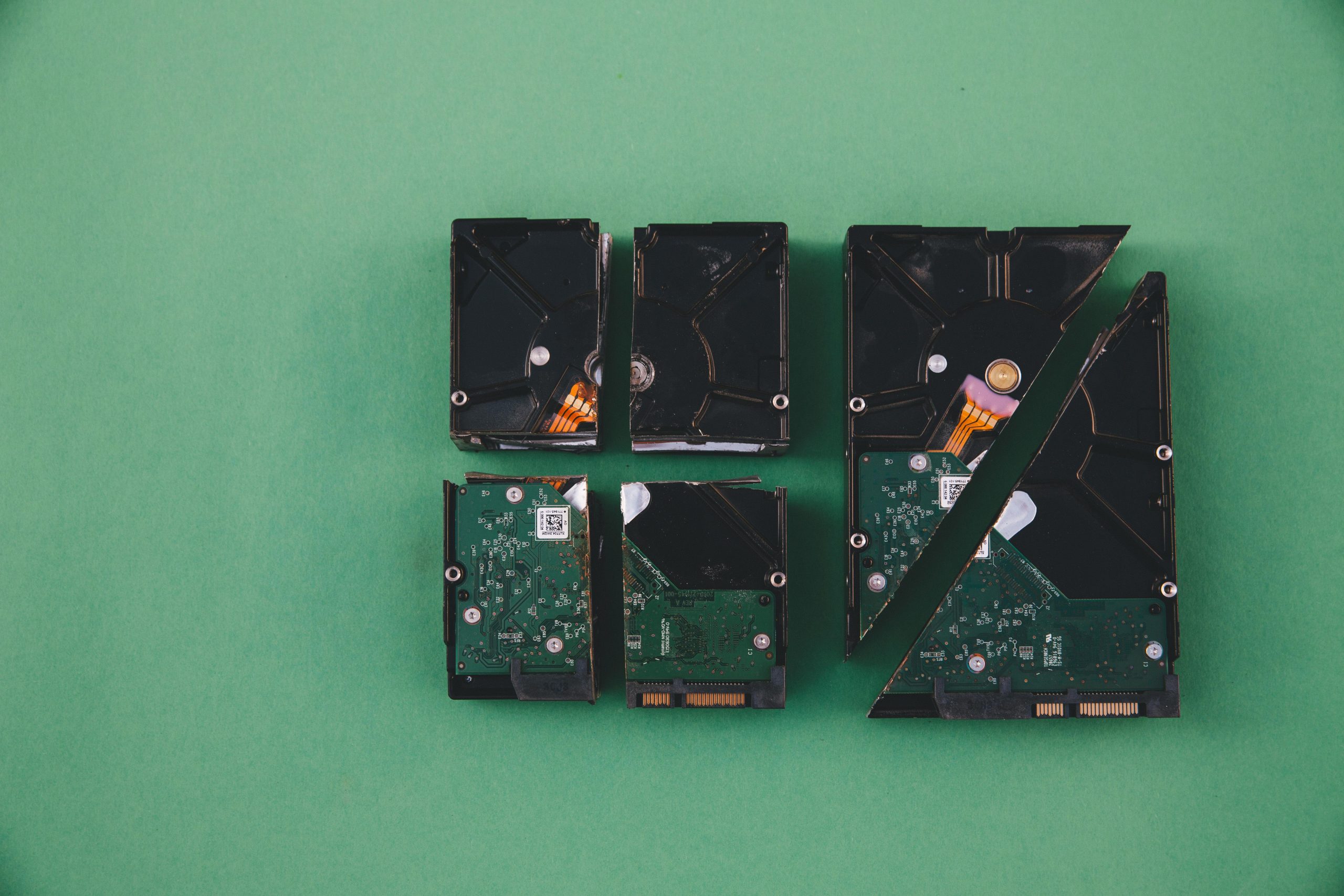Understanding the Discrepancy Between BIOS and Windows Recognition of an SSD
In today’s computing environment, solid-state drives (SSDs) have become essential components for both primary storage and performance enhancement. However, users sometimes encounter perplexing issues where an SSD is not recognized at the BIOS level but appears correctly within the Windows operating system. This article explores potential causes for this conflicting behavior and provides guidance on troubleshooting strategies.
Case Overview
Consider a scenario involving a Windows PC with a single SSD dedicated to booting the operating system. Suddenly, the user experiences a Blue Screen of Death (BSOD) while gaming, followed by a system reset that boots directly into the BIOS. Notably, the SSD is no longer detected in the BIOS setup utility, despite being functional within Windows. To troubleshoot, the user replaces SATA and power cables and tests different motherboard ports, but the drive remains undetected at the BIOS level. Interestingly, when the drive is connected to another system, it is recognized within Windows Disk Management, despite the BIOS still failing to detect it.
Key Observations:
- BIOS does not recognize the SSD.
- Windows can detect and interact with the SSD, including viewing it in Disk Management.
- Replacement of cables and testing on multiple ports does not resolve the BIOS detection issue.
- The drive appears operational within the Windows environment.
Potential Causes and Troubleshooting Steps
-
Partitioning and Formatting Discrepancies
-
In some cases, the SSD may be formatted or partitioned in a way that compromises its recognition by BIOS, especially if it lacks a valid Master Boot Record (MBR) or GUID Partition Table (GPT). Ensuring the drive has a proper, recognized partitioning scheme can help.
-
Drive Firmware or Hardware Faults
-
The SSD may be experiencing hardware issues that prevent it from being detected at the BIOS level but still allow Windows to access it through a different interface. Running manufacturer diagnostic tools can help identify hardware faults.
-
BIOS Settings and Compatibility
-
Verify BIOS settings related to storage configuration, such as AHCI mode, Secure Boot, or CSM (Compatibility Support Module). Switching between UEFI and Legacy modes or enabling/disabling CSM may influence drive detection.
-
Drive Connection and Port Compatibility
-
Even with cable replacements and port changes, ensure that the motherboard’s SATA ports are functioning properly. Testing with a different SATA port or directly connecting to the motherboard’s primary port can be insightful.
5.
Share this content:



